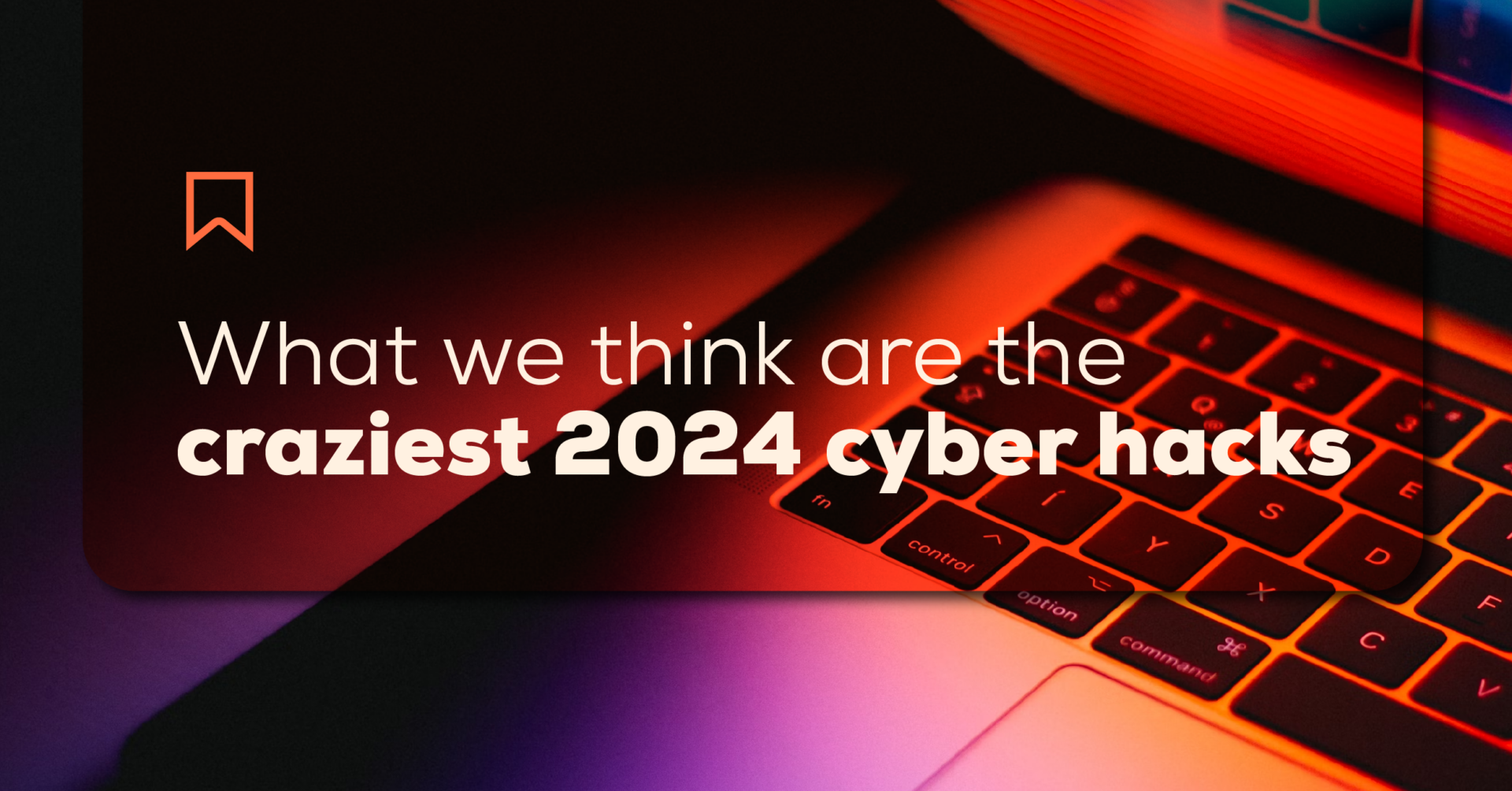A Carousel of the Craziest Cyber Hacks in 2024: What It Means for Marketing and How Marketing Influences Cybersecurity

As we’re in the final stretch of 2024, the cyber landscape has been punctuated by a series of unprecedented hacks that not only challenge our understanding of cybersecurity but also compel us to rethink our marketing strategies. As the CEO of PLAY Creative, I see a critical intersection between these two fields—a convergence that is essential for protecting brand reputation and maintaining consumer trust.
The Landscape of 2024 Cyber Hacks
The past year has showcased some of the most audacious cyber hacks, including:
- The Ransomware Tsunami: According to Cybersecurity Ventures, ransomware attacks are projected to cost businesses over $20 billion in 2024, a staggering increase from the $11.5 billion recorded in 2020. The average ransom payment in 2024 has reportedly risen to $400,000, a steep jump from $200,000 just a year earlier. High-profile companies have faced crippling demands, resulting in significant service disruptions and irreparable damage to their reputations. This reality underscores the necessity for marketers to embed robust security protocols into their campaigns, particularly as ransomware attackers increasingly target sensitive consumer data.
- Data Breaches in the Cloud: A recent report from IBM highlights that 2024 saw a 30% increase in cloud-based data breaches, with 45% of organizations admitting to experiencing a data breach due to insecure cloud configurations. As businesses continue to migrate to cloud services—over 70% of businesses reported using cloud technology in 2024—the implications for marketing strategies become increasingly profound. How businesses handle customer data—especially in campaigns—can either enhance trust or lead to catastrophic fallout.
- Social Engineering Exploits: Social media has become a double-edged sword in the fight against cyber threats. The FBI reports a 40% surge in social engineering attacks this year, with cybercriminals utilizing sophisticated marketing tactics to deceive consumers. For instance, in Q2 2024, phishing scams alone accounted for nearly 70% of reported cyber incidents. This trend emphasizes the urgency for marketing teams to educate their audiences about these threats and encourage them to be vigilant.
The Impact on Marketing
Cyber hacks don’t just create security nightmares; they fundamentally reshape marketing strategies. Here’s how:
– Trust as Currency: In the age of data breaches, trust has become a vital commodity. A 2024 Edelman Trust Barometer survey revealed that 67% of consumers consider a brand’s commitment to data protection as critical in their purchasing decisions. Furthermore, 81% of consumers say they would stop engaging with a brand if it experienced a data breach. Brands must communicate their security measures clearly and convincingly in their marketing efforts to retain customer loyalty.
– Content That Educates: With the rise of cybersecurity threats, educational content has emerged as a key marketing strategy. 88% of consumers report they feel more loyal to brands that provide useful content. Brands that inform their customers about how to identify potential threats and protect their information can foster loyalty and engagement. Infographics, webinars, and online courses on safe online practices can serve dual purposes: protecting consumers and enhancing brand reputation.
– Real-time Response: The marketing landscape must adapt quickly in response to cyber incidents. According to a Harvard Business Review study, companies that communicate transparently during a breach experience, on average, 25% less damage to their brand equity compared to those that do not. Brands that can effectively convey their response to a crisis can mitigate the fallout and retain consumer confidence.
How Marketing Impacts Cybersecurity
While marketing strategies must adapt to the evolving cyber landscape, they can also play a pivotal role in enhancing cybersecurity:
– Consumer Awareness Campaigns: By running campaigns focused on cybersecurity awareness, brands can educate their customers about potential threats. 62% of consumers express a desire for more information on how to protect themselves online. Marketers have an opportunity to create engaging content that fosters a culture of cybersecurity awareness, encouraging safe online behaviors that can reduce the effectiveness of cyber attacks.
– Collaboration with Cybersecurity Firms: Marketers can form partnerships with cybersecurity firms to promote their services as essential to digital safety. In 2024, 75% of companies indicated they would be more inclined to invest in cybersecurity solutions if marketed alongside existing products or services. This not only builds credibility for the marketing agency but also highlights the importance of robust cybersecurity measures for businesses.
– Data-Driven Insights: Analyzing consumer behavior data can help identify potential vulnerabilities within marketing campaigns. For instance, if certain ads are generating unusual clicks, it could indicate a phishing attempt. 70% of marketers agree that collaboration with IT security teams is essential to monitor these insights actively and protect their campaigns.
A Call to Action
As we navigate the tumultuous waters of 2024’s cyber hacks, it’s imperative for marketing professionals to embrace a proactive stance. The interplay between cybersecurity and marketing will only grow more intricate, demanding innovative approaches that prioritize consumer safety while driving engagement.
In conclusion, while the risks posed by cyber hacks are daunting, they also present opportunities for marketers to lead with integrity and responsibility. By prioritizing cybersecurity in our marketing strategies, we can build a more resilient brand, safeguard our customers, and position ourselves as thought leaders in the digital space.
